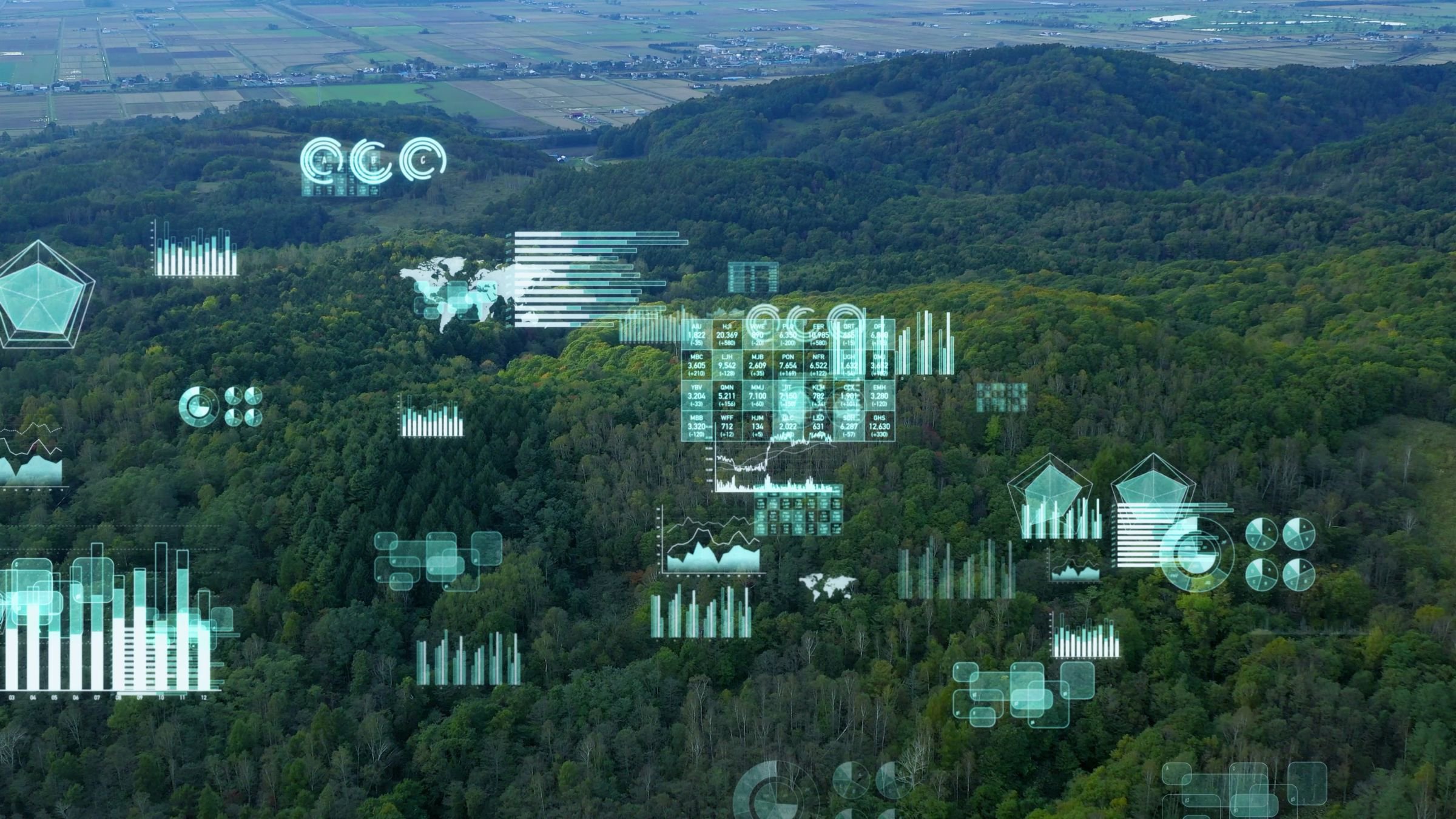What this involves:
Take a closer look at your automation solutions. Review the data they create and collect and assess how the data can be used for sustainability (and productivity) purposes. Consider working with an automation expert, as they may be able to conduct this review on your behalf.
You likely already have sensors and machinery in place that provide production efficiency data, or readings on your energy usage. And it’s possible that you may need a few more sensors to obtain the data granularity that’s required. But in most cases, your existing equipment has an important role to play as a source of sustainability-related data.
For example, existing industrial control and automation hardware and software can often double as energy data sources, providing energy data contextualized to production data at the site, area, line and machine levels. When these data are contextualized and integrated across your operations, it can help shed light on broader resource impacts, such as the energy consumed in water-intensive processes. It can also support critical business needs such as emissions reporting.
Evaluate whether key data are quickly visible and available for analysis. In certain cases, there will be work to do around optimizing how data are surfaced, modeled and aggregated. Regardless of your current state, building a picture of sustainability-related data from your existing solutions will help you get the most out of what you already have, and identify gaps to prioritize investments.


